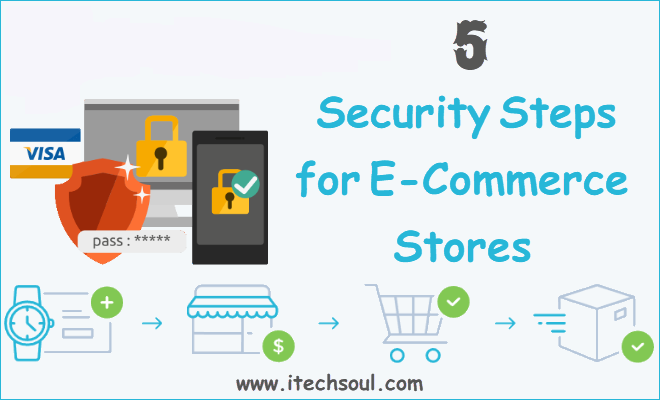One in five e-commerce stores fall victim to cyber fraud and attack every year. That’s a shocking statistic for an industry that relies on the requirement for customers to be able to trust the website that they are buying from. Online merchants that fall prey to a fraudulent payment must refund the charges, but it is the implications of reputation damage that are most significant, and many never recover from a serious, and avoidable, data breach.
Security risks in e-commerce stores are either accidental, caused by human error or deliberate, and weak security management is principally to blame. If you fail to address your e-commerce store’s security, even when you are planning how to start an ecommerce business, you risk the longevity of your enterprise. Here are 5 ways that online merchants can strengthen the security of their website and prevent breaches:
1. Use multi-layered security
Don’t make life easy for cyberhackers and criminals. Use multi-layered security to prevent attacks. For example, your first line of defense should be a firewall which protects from the more prevalent attacks of SQL injections and cross-site scripting. The Content Delivery Network (CDN) can also prevent ddos attacks from overwhelming your site, which could lead to it crashing and being inaccessible for a number of hours until the attack stops. Use various security features to cover all bases.
2. Update security software
Too often businesses fail to update the security software that they use to protect their e-commerce store. Software providers often release new updates that have been designed to protect from evolving threats. Failing to install updates means that stores are vulnerable to threats that are not covered by their current security definitions.
3. Monitor customer transactions
The transactions that go through your website should be monitored for suspicious activity. Quite often, cybercriminals will purchase a low-value product to test the validity of the payment details that they have. They will then make a high-value purchase once the initial sale has been verified. Customers making multiple purchases with different payment methods and the delivery address not matching the billing address should also alert you to a potential threat.
4. Require customers to use strong passwords
Cybercriminals use algorithms to decipher customer passwords, and so it is essential that customers are made to use longer and more complex passwords. Alphanumeric and special characters with at least one capital make passwords harder to crack.
5. Require customers to input their CVV code
The card verification value (CVV) is the code that is found on the back of a credit card. It is a great security feature for e-commerce stores to use in their checkout process. While cyberhackers may have credit card details such as the long number and the expiry date, they often do not physically have the credit card and will be unable to make a payment without the unique code.
As consumers and businesses increasingly use the internet to conduct business and transfer money, the attraction for cybercriminals rises too, and so security is a high priority for all parties. Consumers should always check the security of a website before providing financial information, and online merchants should introduce multi-layered security to protect from criminals.




